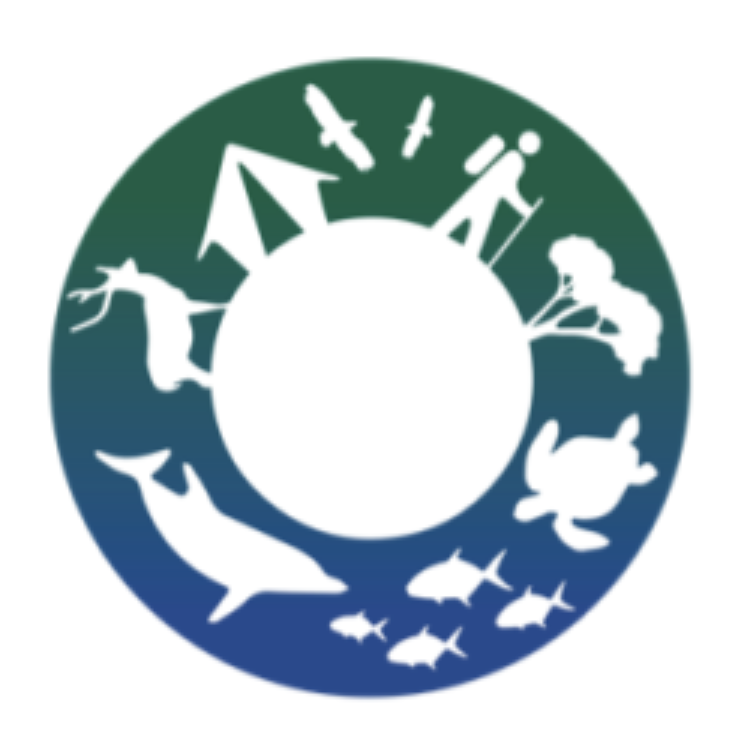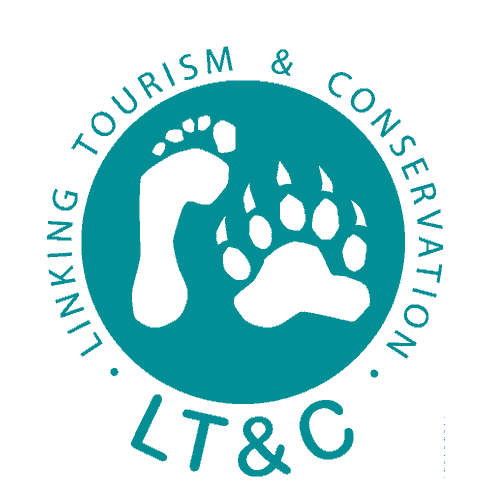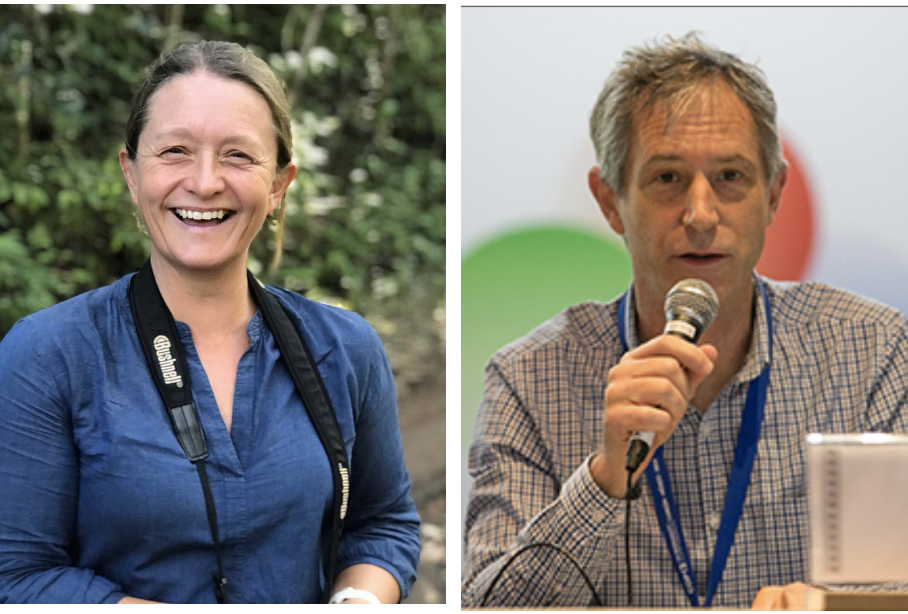IUCN’s Tourism and Protected Areas Specialists (TAPAS) Group recently conducted a webinar series for the VITAL SITES: Journey to Marseille, to address ecological, social and the economic importance of tourism in protected areas and how these are related to this pandemic issue. The TAPAS Group shared ways in which the pandemic demonstrated how important tourism/visitation is for protected areas. In addition, this series aimed to increase efforts to promote sustainable tourism development and find ways to make it more resilient in and around protected areas. In parallel Linking Tourism and Conservation (LT&C) organises a webinar series on “How to design post-COVID tourism and conservation strategies for LT&C Champions”. Concerted actions of two bodies with similar missions. We use this opportunity to ask both, TAPAS Group Chair Dr Anna Spenceley, and LT&C Board member Oliver Hillel, about the outcome of the webinar series and where they see even more much-needed synergy between the TAPAS Group and LT&C in the future:

Question to Dr Anna Spenceley: How would you describe the needed consequences for changing and preparing global tourism for post-corona times?
The conservation community has been made starkly aware how important tourism is to protected area finances and the livelihoods of people living around them. I don’t think they fully appreciated it before. Now it seems they are looking at how they can reduce reliance on tourism for revenue in the future, and diversify to other sources that may be more resilient.
We have seen severe declines in funds for conservation as a result of the pandemic – particularly for areas that depend upon tourism for antipoaching and patrols. Protected area entry fees and payments by concessionaires and license holders have declined. The guides and visitors that once deterred poachers are now absent. Wildlife crime has increased in some areas, but has declined in others (due to the lockdowns, and difficulty of movement).
Protected area managers are looking for guidance on how to re-open safely. Several countries and protected area authorities have produced information specifically for their visitors. I have been collating this guidance under a European Union project. The guidance document provides information for protected areas on operating tourism amid COVID-19. It includes examples and links to guidance based on reputable international and national advice, and also protected area authority recommendations. There is information on health and hygiene standards, planning and distribution of visitors, consultation and coordination, risk assessments and managing interactions between wildlife and people (i.e. to avoid further zoonotic disease transmission). Specific information is shared for accommodation, restaurants, tours, and trails, as well as protected area managers and authorities. The guidance explains how to manage visitation safely – with recommendations for before and during visits – including in gateway communities. There is advice on training and equipment for staff, financing interventions and options for online-visits (i.e. where protected areas are not yet able to open).
However, we know that our understanding of the coronavirus is changing rapidly, and the virus itself is also changing. Vaccines are now being produced and distributed by governments, and combined with COVID testing for travelers, this gives us hope that travel will re-emerge in 2021, but we will need to continue to be resilient and adaptable.

Anna, where do you see already today indications and reasons for optimism that future tourism will be much more SDG- and biodiversity/protected area-supportive?
To hear the UN Secretary-General Antonio Gutteres say “Nature is sending us a clear message. We are harming the natural world, to our own detriment”was really notable. The decline in tourism has had substantial and widespread but mixed impacts on conservation. Positive impacts in some places have included complete removal of overtourism in popular destinations, giving ecosystems space to recover. Marine and terrestrial wildlife and their habitats have flourished and re-emerged in areas that emptied of people and vehicles.
I think we do need to re-think how we plan and manage wildlife tourism in a sustainable way, and re-think what practices are acceptable or not. We need to reassess the interaction of wildlife and people within tourism to avoid further zoonotic disease transmission. This includes how close people get, whether they feed or touch wildlife. This is particularly true for primates that people want to get close to, whether mountain gorillas and lemurs. And because these species are so similar genetically to humans, presumably the risk to them is greater than for other types of animal.
We already have systems in place to separate people and nature in protected areas, including through the IUCN Protected Area categories, and management systems such as zoning. It is up to protected area authorities and managers to plan prudently, and work with the private sector to shape visitor interactions with nature safely. Organisations like ours need to help by developing and sharing research and expert knowledge, combined with capacity building and training, and enabling networking between professionals.

Oliver Hillel, in the CBD Secretariat, you were involved as speaker in the VITAL SITES webinars of the TAPAS Group. What were the main essentials coming out of the discussions?
The webinars proposed by Dr Kelly Bricker and Dr Thiago Beraldo as coordinators of the TAPAS Group’s Capacity Building & Knowledge Development working group brought together professionals and conservationists in and outside of the sustainable tourism community. The objective was to identify the most pressing topics related to the contribution of tourism to biodiversity and to protected areas, in preparation for the IUCN World Conservation Congress and the Conferences of the Parties of the three Rio Conventions, all planned for 2021.
During the last December 2020 webinar, participants discussed how the travel crisis related to the pandemic ultimately highlighted how important tourism and visitation are for protected areas, in social, economic and environmental aspects. The session was led by Dr. Kelly Bricker, Professor and Director of Parks, Recreation, and Tourism at the University of Utah and Board Member of the Global Sustainable Tourism Council (GSTC), and aside from me counted with contributions of Ronda Green from Wildlife Tourism Australia and Glenn Jampol, Costa Rican pioneer in ecotourism with the award-winning Finca Rosa Blanca resort. The conclusion was that sustaining and encouraging the kind of tourism development proposed by the panelists in the context of economic recovery packages becomes an important goal for all those interested in ensuring a resilient, functional and socially valuable system of protected areas. Upcoming webinars can analyze what agencies and organizations can do to create an “enabling environment” for these kinds of operators.

Oliver, how do you think the TAPAS Group and LT&C could increase cooperation, for synergies to be achieved?
In my experience, the credibility and competence of both organizations can complement each other. The TAPAS Group is a technical research and practitioner network, within the IUCN set of Specialist Groups, with a balanced composition in terms of expertise, dedicated to knowledge production and cooperation on issues related to all links and relations between tourism and protected areas. Its mission is to “provide a platform for protected area practitioners and others, where expertise and knowledge is shared, sustainability awareness is enhanced, collaboration and dialogue is facilitated, leadership is developed, and innovative solutions are fostered, in order to support the oversight of sustainable tourism in protected area system”.
LT&C is an advocacy-minded membership network, dedicated to promoting conservation benefits from tourism, meaning to orient the sector as a contributor to reach the goals and targets of the CBD, particularly related to protected areas. Its mission is to “facilitate an educational global network of tourism and conservation ambassadors that collaborate to increase tourism best practices that support the establishment, development and management of protected natural areas”. Therefore, while LT&C can do more targeted messaging and outreach, within the Convention and with players including the private sector, and identify issues that are important to its “champions” (i.e. operators and agencies running tourism operations with conservation goals in mind), the TAPAS Group can smartly design and produce the knowledge, research and action that responds to LT&C member’s “asks”. LT&C can strive to be critically recognized for its advocacy, the messages it is sending – whereas the TAPAS Group can first and foremost be known for its expertise and credibility in coordinating research and capacity building. LT&C can take up issues that haven’t yet been scientifically “parametrized” – it can provoke, whereas the TAPAS Group would be best positioned to respond to these. Both can cooperate on capacity building and events.



